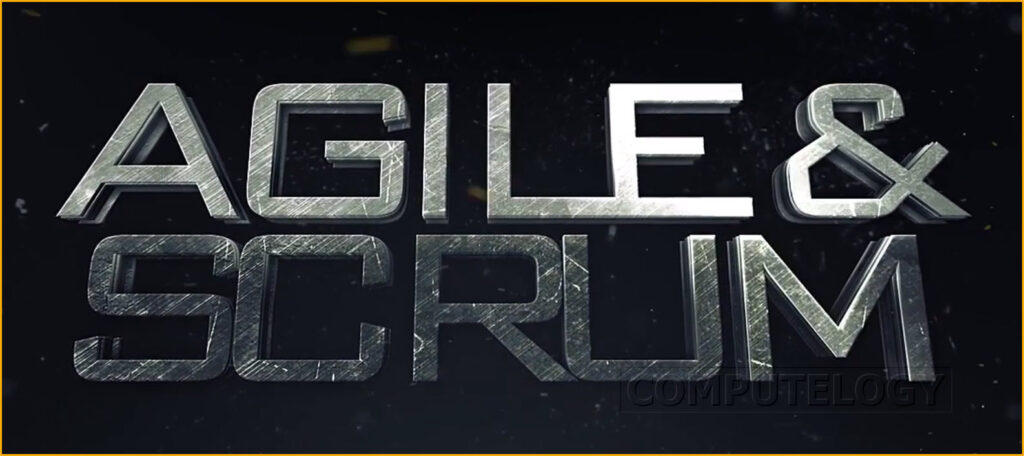Free Course Operating Systems for Students and Software Professionals @Udemy

The operating system might be the most complex and complicated piece of software. Mastering any operating system is a great deal. Because of GUI, dealing with it has become easy but it does not lessen the complexity of it. We put RAM, CPU, motherboard, and other peripherals and PC is ready. We never think about how it works. What are the processes on the backend running or closing when we open or close the program? How memory is being handled. How CPU handles resource allocation and many more things. Operating Systems for Students and Software Professionals course got me interested again to learn/renew knowledge. You can too.
You will learn in Operating Systems for Students and Software Professionals:
- Learn about the different types of Operating Systems
- Understand Memory Management in OS
- Learn about paging and segmentation
- Get detailed insight on page replacement algorithms
- Know Process, Threads and Scheduling
- Master scheduling algorithms and solve the problems related to these
- Get knowledge on deadlock and resource allocation
An operating system is the most important software that runs on a computer. It manages the computer’s memory and processes, as well as all of its software and hardware. It also allows you to communicate with the computer without knowing how to speak the computer’s language. Without an operating system, a computer is useless.
Your computer’s operating system (OS) manages all of the software and hardware on the computer. Most of the time, there are several different computer programs running at the same time, and they all need to access your computer’s central processing unit (CPU), memory, and storage. The operating system coordinates all of this to make sure each program gets what it needs.
Operating systems usually come pre-loaded on any computer you buy. Most people use the operating system that comes with their computer, but it’s possible to upgrade or even change operating systems. The three most common operating systems for personal computers are Microsoft Windows, Mac OS X, and Linux.
Modern operating systems use a graphical user interface, or GUI (pronounced gooey). A GUI lets you use your mouse to click icons, buttons, and menus, and everything is clearly displayed on the screen using a combination of graphics and text.
Each operating system’s GUI has a different look and feel, so if you switch to a different operating system it may seem unfamiliar at first. However, modern operating systems are designed to be easy to use, and most of the basic principles are the same.
Free course Operating Systems for Students and Software Professionals at Udemy includes:
- 11.5 hours on-demand video
- Full lifetime access
- Access on mobile and TV
- Certificate of Completion
Click on the link below to register yourself in Operating Systems for Students and Software Professionals course for free. This is a time-limited offer.
https://www.udemy.com/operating-systems-for-students-and-software-professionals/




